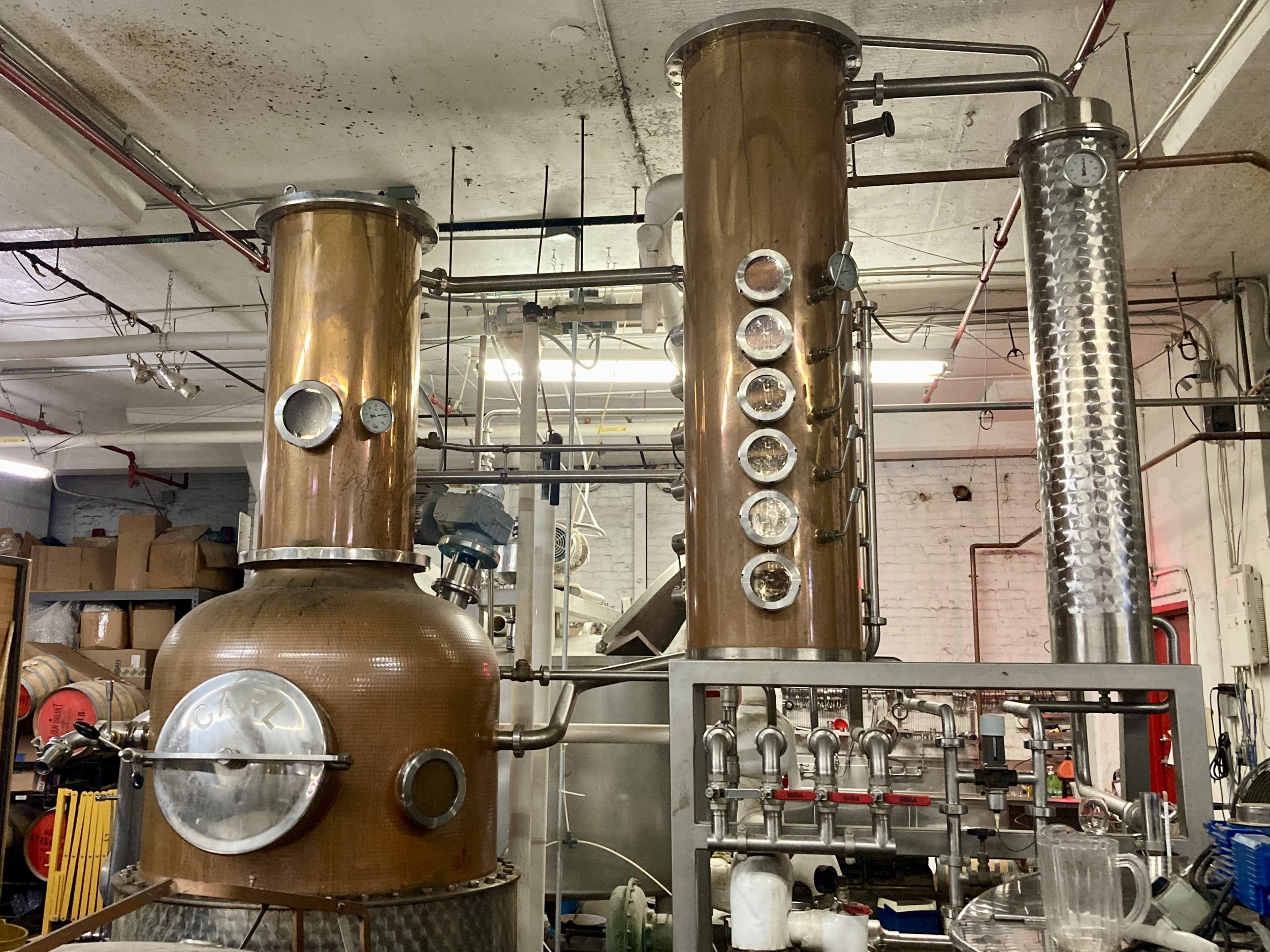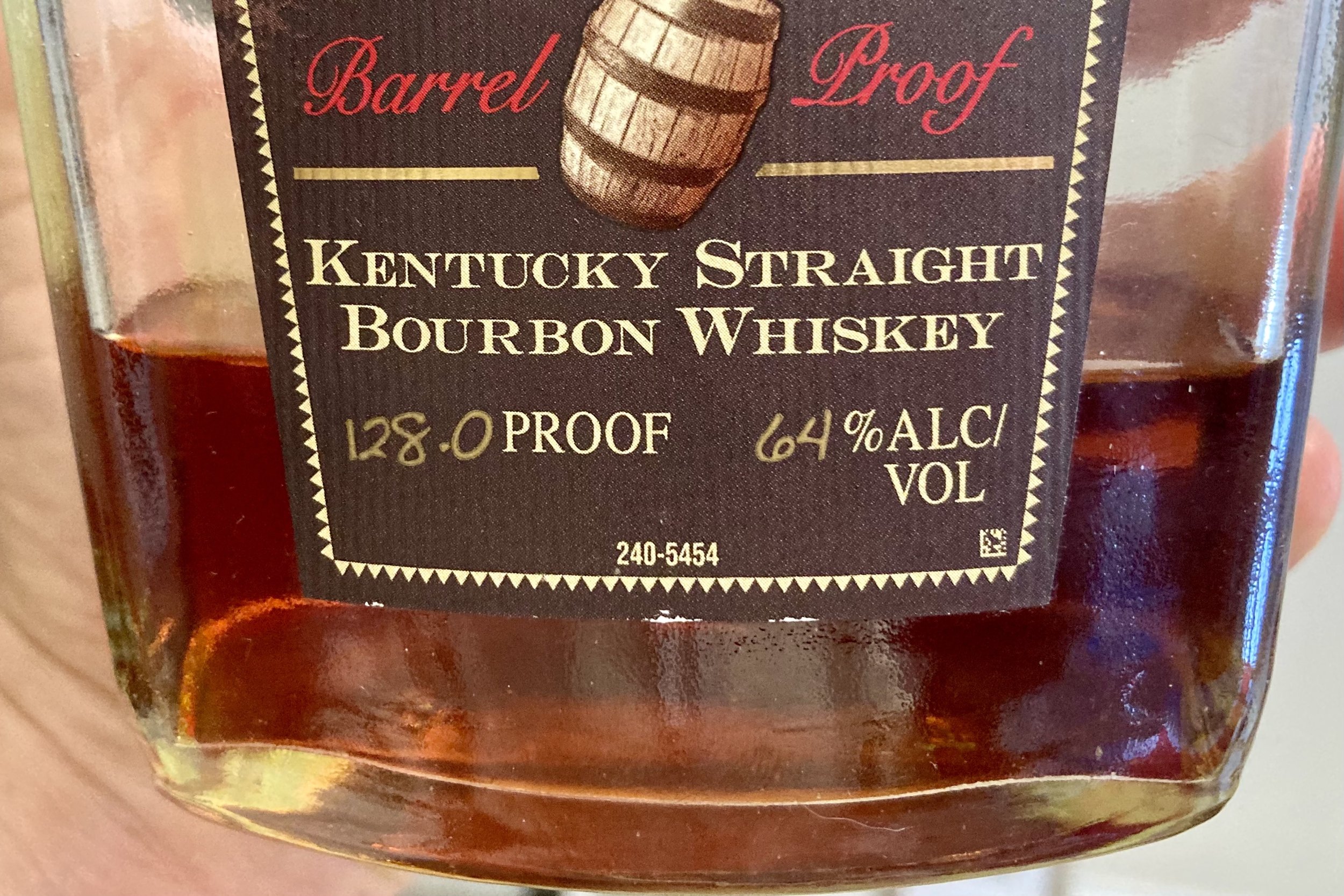Tasting Whiskey
How to decipher the signals from your olfactory system.
It takes practice to evolve from taking a sip of whiskey and saying “this tastes like alcohol” to “I’m getting notes of honey, cinnamon, raisins, smoke and chocolate.” Luckily for us, it’s fun practice. It’s not easy, but it’s fun.
It’s important to note that when someone tells you their tasting notes, they’re not literally tasting the figs, clove, caramel and espresso that they declare. Those ingredients are not actually used to make the whiskey. They are aroma and flavor compounds developed through the whiskey making process. When you “nose” and taste whiskey your brain is trying to decipher all of the signals it’s getting from the olfactory system (aka your sense of smell) and taste receptors. Your brain is referencing things that you’ve had in the past, and it’s trying to tell you where you’ve experienced them before.
So before we get started, I’ll let you in on a secret: there are no right answers when it comes to tasting notes. Each person has their own detection limitations to aroma and flavor compounds in whiskey, meaning some people might be more sensitive to notes of berries while others find the whiskey overwhelmingly like butterscotch. It all comes down to the scents and tastes we’ve already been exposed to.
Also, there’s no right way to taste (some would disagree with me here). Everyone has their own method of tasting whiskey, so it’s important to figure out over time what little nuances work best for you. But here are my recommendations for putting it into practice.
Nosing
One of the most surprising parts of the whiskey-tasting process is that your nose will tell you most of what you need to know about the whiskey. Why? Our taste buds are limited. We are only capable of tasting sweet, sour, salt, umami and bitter in that order. So your olfactory system, including the retronasal passage (the airways that connect the nose to the mouth responsible for the heat you feel from wasabi), do most of the work.
You want to explore as you nose, and spend as much time as you need nosing the whiskey. Test out taking longer and shorter inhales, and switch between nostrils. Open your mouth as you inhale. Test it out with your mouth closed. Take note of how the aromas change as you do this. One of my favorite tricks, if I’m having a hard time getting a lot of wonderful aromas, is to cup the glass in my hand to gently warm the whiskey rather than swirling the whiskey in the glass like you would a wine. Swirling will not only release the aromas, it’ll also release more alcohol vapors, which are not fun to nose.
Tasting
Once you feel that you have sufficiently nosed the whisky, it’s time to taste. Again, unlike wine, you do not want to fill your mouth with a big sip. Take a tiny sip, especially if it’s your first taste of the day. You want just enough whisky to fully coat your tongue. Let the whiskey move all over, front to back, side to side, and even underneath your tongue.
Something I cannot stress enough, you want to leave the sip in your mouth for way longer than you think it needs to be there, and let it marinate your palate. Trust me on this one. Richard “The Nose” Paterson, a master Scotch blender, suggests leaving whiskey in your mouth 1 second for every year it is old. Imagine tasting anything over 30 years old! However, I suggest you do it based on feel, something that you will develop with practice.
As soon as you take a sip of whiskey the volatile compounds, mainly the alcohol and aroma compounds, will slowly evaporate off your tongue because your mouth is warmer than the temperature of the glass. This means you’ll experience a tingling on your tongue and depending on the whiskey this sensation can vary in strength (note: a good whiskey typically has very little “heat”). If you were to swallow the sip now, that tingling would turn into a warming sensation as it travels down your esophagus. I bet some of you are getting flashbacks to taking shots at college house parties, where chasers were a necessity. But let’s hope you’re sipping something better than that here. Instead, you want to keep the sip in your mouth until the tingling sensation subsides, then swallow the sip. This not only gives your taste buds time to interact with the whiskey, but it also gives time for you to observe the mouthfeel of the whiskey.
Mouthfeel
Yes, different whiskeys have different textures! Turns out, the mouthfeel plays a huge role in your experience of the whiskey. Why? Some compounds in whiskey might not necessarily carry a strong taste or aroma but dramatically impact how the whiskey feels.
So as you take a sip of whiskey ask yourself: How does it change as it stays in your mouth? How long does the tingling last, and where on your tongue is it centralized? Does it build in viscosity or remain light and delicate? Is the texture silky, oily or creamy, or is it drying your palate? All of these answers will lead you to better understanding what you enjoy in a whiskey.
Finish
Once you swallow the sip, you’ll learn to develop your own “finishing method” to help you fully experience the whiskey. Some people take a small inhale or exhale deeply while others loudly smack their lips. I personally use a gentle lip smacking technique while I rub my tongue on the roof of my mouth, which I found allows me to fully experience the flavor profile. I slowly exhale through my nose as I do this primarily because I’m making “mmm” and “hmm” and “oooh” sounds as I declare my tasting notes in real time.
So after the sip, prepare for the influx of information. Generally speaking, the first note you'll taste will be light floral and fruity notes, maybe you’ll pick up some bubble gum or cotton candy. Then, you’ll start to notice some sweet notes like honey, caramel, maple syrup, vanilla, dried fruits. If the whiskey has any peat influence, this is where you’ll get the smoke. And finally the finish will give you baking spices, chocolate, leather, oak.
Don’t feel defeated if your brain tells you “this tastes like a whiskey” when you have a sip. It’s not wrong. You have to actively switch the way you’re processing the information coming from your senses. Instead of thinking about whiskeys that you’ve had in the past, think about fruits and baked goods. Think about fresh cut grass and flowers. See if you can start to associate different smells and tastes with notes in the whiskey.
And remember, tasting takes practice!











